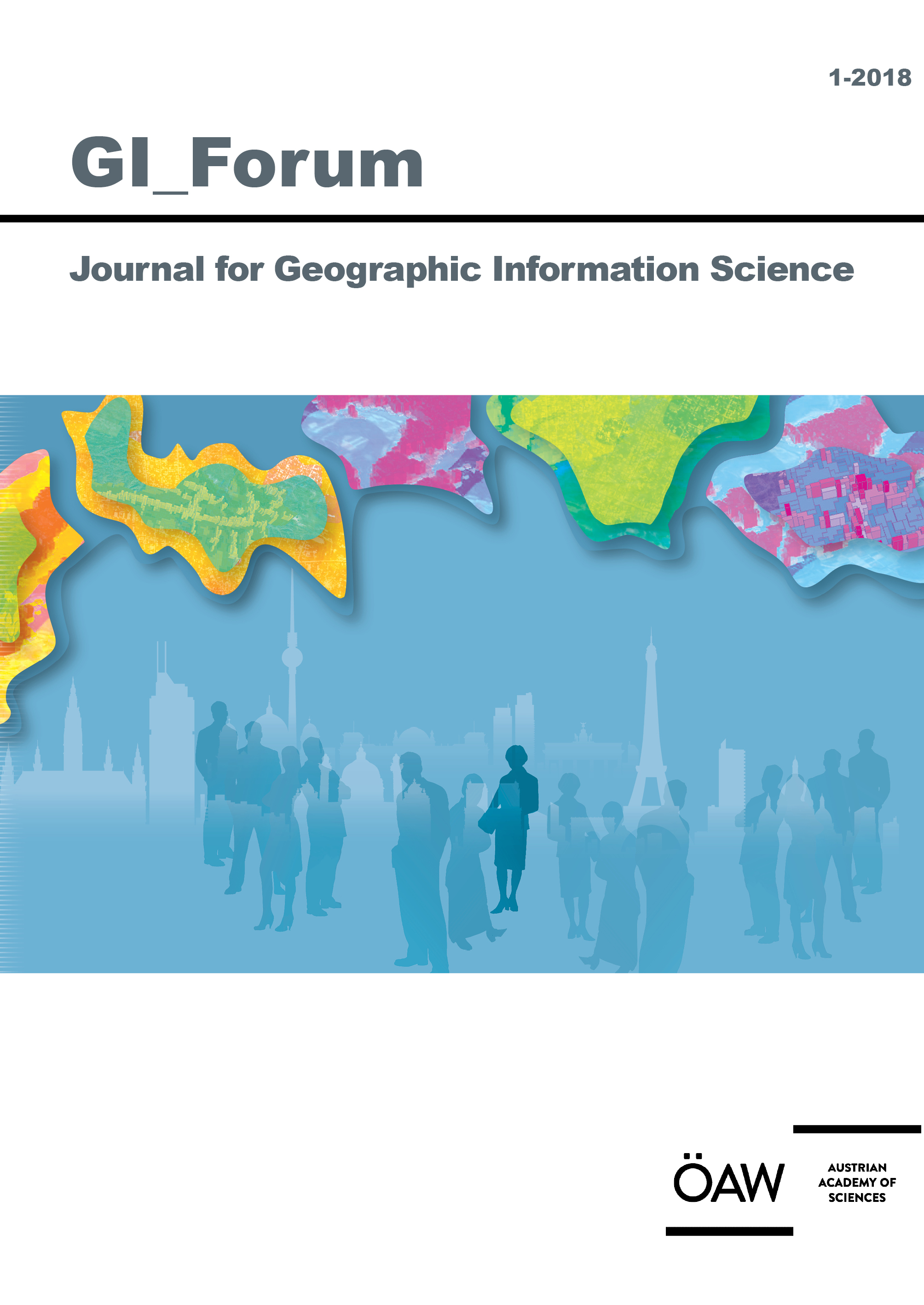
GI_Forum 2018, Volume 6, Issue 1, pp. 336-343, 2018/06/22
Journal for Geographic Information Science

Citizen Science has become a vital source for data collection when the spatial and temporal extent of a project makes it too expensive to send experts into the field. However, involving citizens can go further than that – participatory projects focusing on subjective parameters can fill in the gap between local community needs and stakeholder approaches to tackle key social and environmental issues. LandSense, a Horizon 2020 project that is deeply rooted in environmental challenges and solutions, aims to establish a citizen observatory that will provide data to stakeholders, from researchers to businesses. Within this project, a mobile application has been developed that aims not only to stimulate civic engagement to monitor changes within the urban environment, but also to enable users to drive improvements by providing city planners with information about the public perception of urban spaces. The launch of a public version of such an app requires preparation and testing by focus groups. Recently, a prototype of the app was used by both staff and students from Vienna University of Technology, who contributed valuable insights to help enhance this citizen science tool for engaging and empowering the inhabitants of the city.
Keywords: LandSense, citizen observatory, urban geoinformatics, green urban space, citizen science